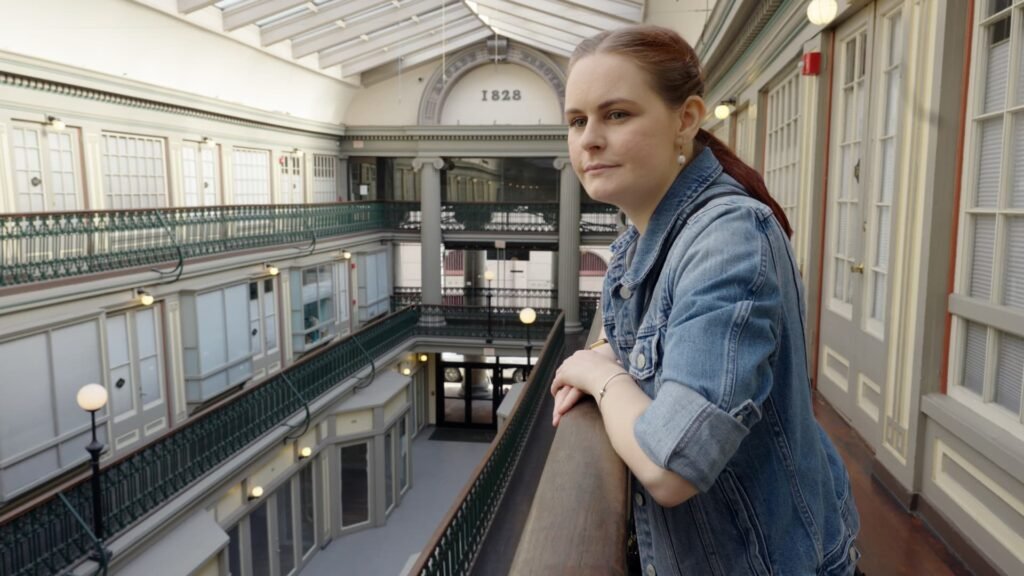
In this article, the classic American mall is experiencing a significant transformation as real estate developers replace failing department stores with apartments, potentially establishing a new trend of living at the mall. Some developers in the U.S. are demolishing department stores like Macy’s or JCPenney to construct apartment buildings adjacent to the mall or connected through walkways and green spaces. Alternatively, they are repurposing closed storefronts and shopping center properties to create a blend of housing, retail, dining, outdoor areas, and experiences.
Jacob Knudsen, the vice president of development for Macerich, mentioned that the mall is regaining popularity, leading to the integration of housing, workspaces, restaurants, and entertainment options. This shift in American malls is occurring as shopping centers nationwide strive to adapt and avoid obsolescence. While consumers still enjoy in-person shopping post-Covid, traditional anchor department stores have been declining since 2001, prompting developers to find innovative ways to reuse these large spaces that typically occupy a significant portion of a mall’s area.
Real estate developers have repurposed former department store spaces into various facilities such as Amazon distribution centers, pickleball courts, and even an NHL training facility. However, with a housing shortage in the U.S., the most rapidly growing use of these spaces is for apartment complexes. As of January 2022, numerous U.S. malls have planned or constructed housing units, with more projects underway in states like California, Florida, Arizona, and Texas.
Oscar Parra, from Pacific Retail Capital Partners’ Special Situations Group, highlighted the excess of retail space in the U.S. and the need for repurposing malls. He mentioned projects like the conversion of a former Carson’s department store into housing outside Chicago and a similar initiative at Westfield’s Garden State Plaza in New Jersey. The economic viability of adding apartments to malls is evident, especially considering the high vacancy rates in many malls across the country.
Developers face challenges such as high construction costs, zoning regulations, and the need to adapt outdated lease agreements to convert malls into mixed-use spaces with housing. While living at malls presents a unique opportunity, the process often involves complete teardowns of existing structures to accommodate residential units. Despite these hurdles, the trend of adding apartments to malls is gaining momentum, with various projects either under construction or recently completed.
For instance, the Lafayette Square Mall in Indianapolis is set to open 1,200 apartment units, including affordable housing, in a former Sears building starting in 2025. Similarly, the Paradise Valley Mall in Phoenix recently unveiled 400 luxury units. The concept of housing within malls is not entirely new, as seen in developments like The Arcade in Providence, Rhode Island, which repurposed a historic building into micro units after facing challenges post the Great Recession.
Residents living in mall apartments appreciate the convenience and unique experiences offered by these spaces. For example, tenants at the former Grand Avenue Mall in Milwaukee enjoy amenities like a pickleball court, a “doggy wellness center,” and a gym. The renovated food court in the mall provides a variety of dining options, creating a bustling environment for tourists, locals, and residents alike.
While living at the mall presents certain conveniences, such as easy access to services and amenities, it also poses challenges like privacy concerns and architectural limitations. Developers and residents are exploring ways to integrate housing seamlessly into mall spaces, envisioning a future where living at the mall could resemble a resort-like experience with centralized services and amenities.
In conclusion, the trend of adding apartments to American malls reflects a shift in consumer preferences and the evolving landscape of retail and real estate. As developers continue to repurpose mall spaces to meet housing demands and revitalize shopping centers, the concept of living at the mall is poised to become more prevalent, offering a unique blend of residential, retail, and entertainment experiences.







